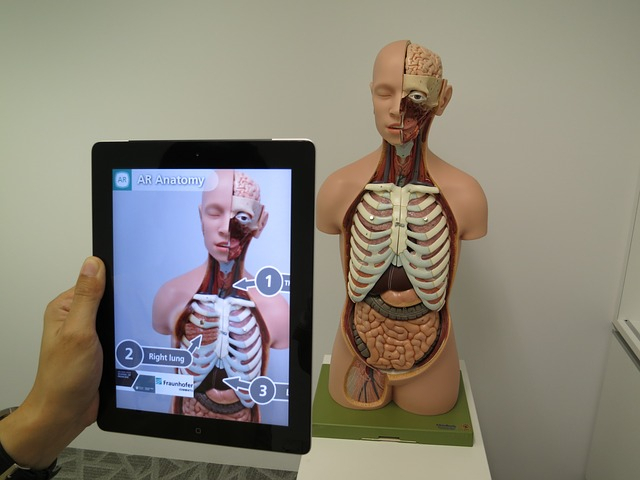
As per a survey, conducted by University of South Australia Professor Mark Billinghurst, two Mechanical Engineering scientists from National University of Singapore (NUS) have listed among the world's top academic researchers in Augmented Reality (AR).
NUS said in a statement that Professor Andrew Nee and Associate Professor Ong Soh Khim have ranked among top 15 AR researchers in the world in the basis of the number of papers published per academic.
After these two gems named as the top 15 AR researchers, NUS also achieved the third position in the world in terms of an average number of papers per researcher, while the Technical University of Munich in Germany and the Graz University of Technology in Austria found the top two position respectively.
It should be noted that individually, Professor Nee achieved 11th position and the Associate Professor Ong grabbed the 12th in the list.
Both the professors stated, "AR is not just a gaming tool, it has tremendous applications in almost all fields. Together with the Internet of Things, it is one of the strong pillars of Industry 4.0. We pursue AR research with hopes of realising its potential in shaping the future of the manufacturing industry."
In the last 10 years, the usage of AR has been increased, especially in fields like gaming, advertising and other visualisation applications.
Professor Nee and Associate Professor Ong started the AR research in 2003 and published their first edited book on the subject in 2004. Since then, both scientists worked on various apps in manufacturing, aiming to speed up operations and improve efficiency and productivity.
What is Augmented Reality (AR) :
- It is an enhanced version of reality where live direct or indirect views of physical real-world environments are augmented with computer-generated images over a user's view of the real-world, thus enhancing one's current perception of reality. While Virtual Reality (VR) implies a complete immersion experience that shuts out the physical world.
- In this case graphics, sounds, and touch feedback are added into our natural world to create an enhanced user experience.
- There are four types of AR and these are Marker Based AR, Markerless AR, Projection-Based AR and Superimposition Based AR.
- Key components of an AR device are - a) Sensors and Cameras, b) Projection, c) Processing and d) Reflection.









